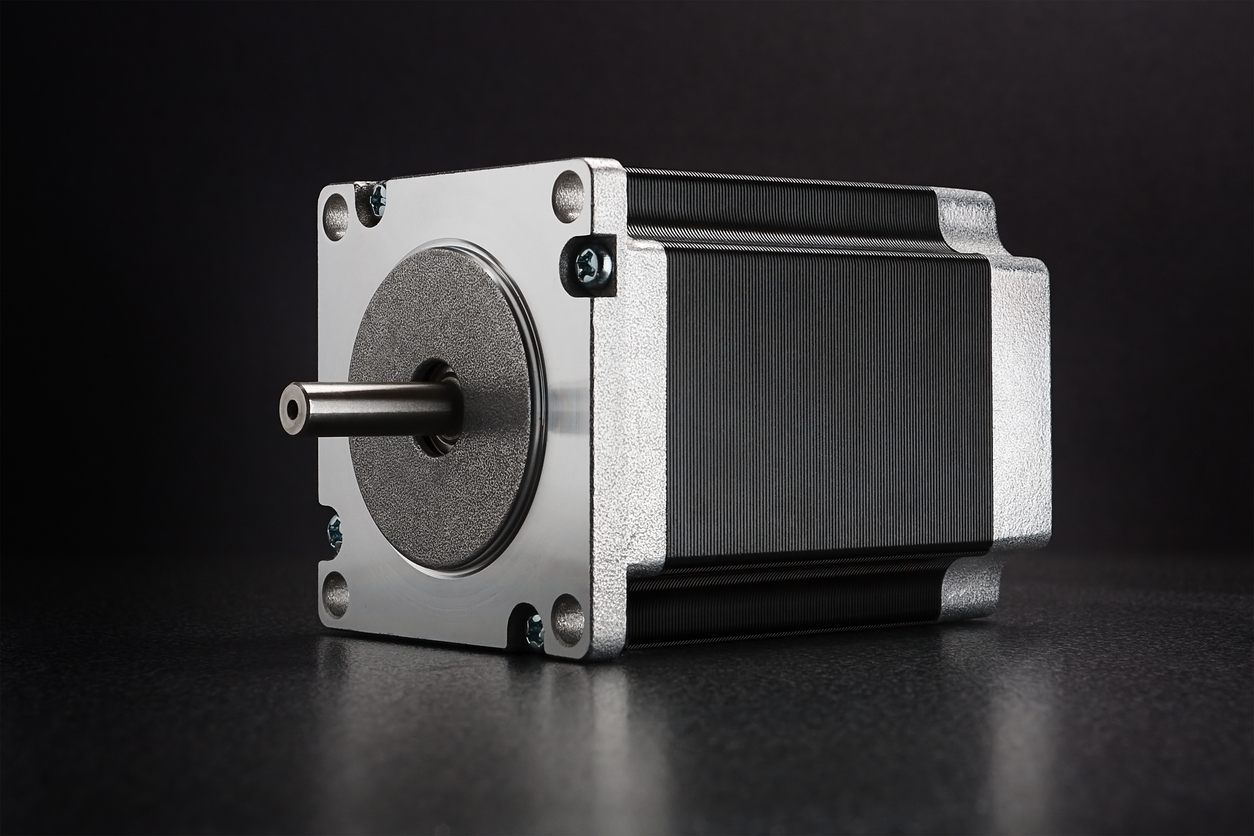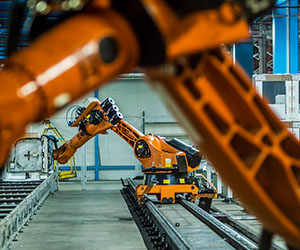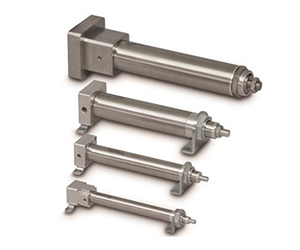Blog
Understanding Stepper Motors
Stepper motors are an efficient and versatile way to meet the needs of high-performance systems.
These brushless, synchronous electric motors convert digital pulses into the required mechanical shaft rotation. Each shaft revolution is subdivided into discrete steps, typically 200. The system receives an individual pulse for each step in the process.
Thanks to the extreme precision facilitated by the pulses, it’s possible to control the motor position exactly without separate feedback mechanisms. When the digital pulses accelerate in frequency, the step motion shifts into continuous rotation.
Major Advantages of Stepper Motors
In a general sense, stepper motors are inexpensive, reliable, offer excellent torque even at lower speeds, and minimize system disruption thanks to straightforward construction. These traits have made them a mainstay in commercial and industrial applications.
Several performance factors are worth noting:
- When the motor’s windings are energized, it provides full torque at standstill;
- Stepper motors are known for fast, smooth response to stoppage and reversals;
- With loads coupled to the shaft, low-speed synchronous rotation is possible;
- There are few fault points, with the motor’s lifespan dependent on the bearing;
- Stepper motors deliver a wide range of speeds and minimal maintenance issues.
Three Major Types of Stepper Motor
Three types of stepper motors are in common use today: Permanent magnet, variable reluctance, and hybrid. Of these, hybrid steppers are by far the most popular – they combine the high points of the other two designs using multi-toothed stator poles and a permanent magnet rotor.
No matter the type of stepper, engineers should be familiar with the three step modes:
Full Step
With 200 total rotor teeth, full step mode is the equivalent of a 1.8-degree full step angle. When the motor is operating as intended, one digital pulse from the device’s driver is equal to one step. Typically, both windings are energized while the current is reversed alternately.
Half Step
In half step mode, the motor rotates at a full 400 steps per revolution. The step angle is .9 degrees, half the amount of full step. This is ideal for producing smoother motion at the expense of a noticeable, though not severe, reduction in torque.
Microstep
A relatively new innovation, microstep mode can subdivide a complete step into 256 microstep. This means a complete revolution is an astonishing 51,200 steps—enhancing positional accuracy and smoothness over a wider variety of speeds.
Recent Posts
- Automate Logistics Processes with K.Hartwall’s A-MATE™ AGVs
- Unlocking Potential: How the CHIPS Act Fuels Semiconductor Expansion for Automation and Beyond
- Looking at the Latest Machine Vision Standards Updates
- Insights into Robotics & Automation Investment Trends Emerging in 2024
- Hyperspectral and Multispectral Remote Sensing in Industrial Automation
- Powering Precision: Smart Linear Motors in Industrial Automation
- View All




